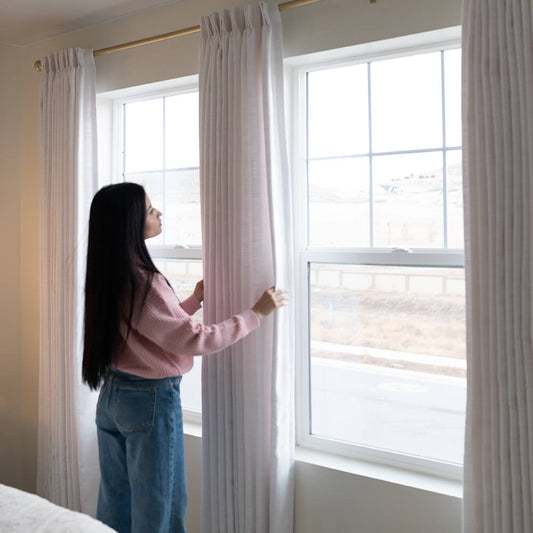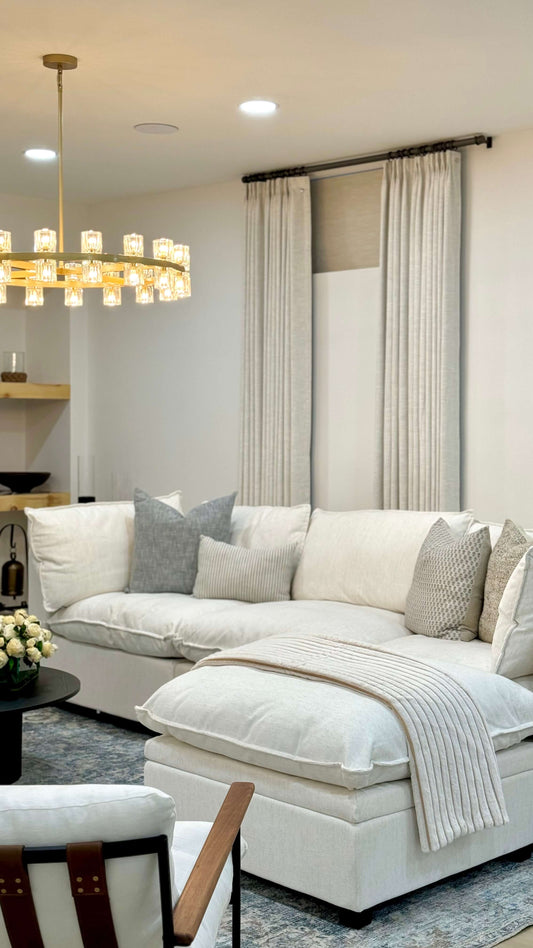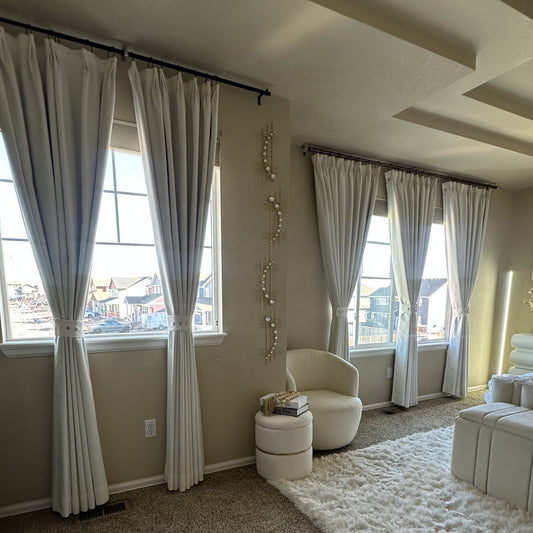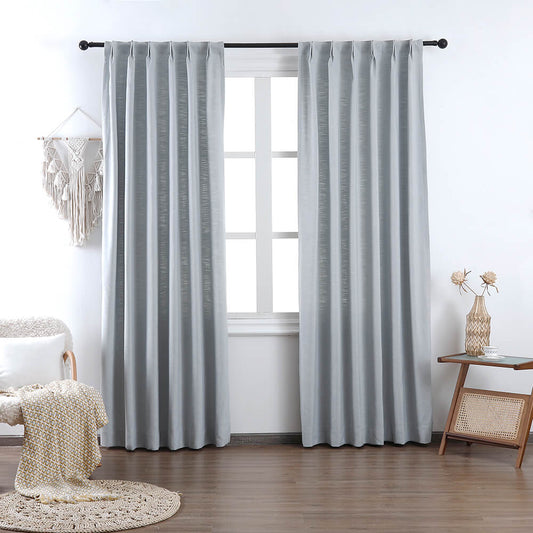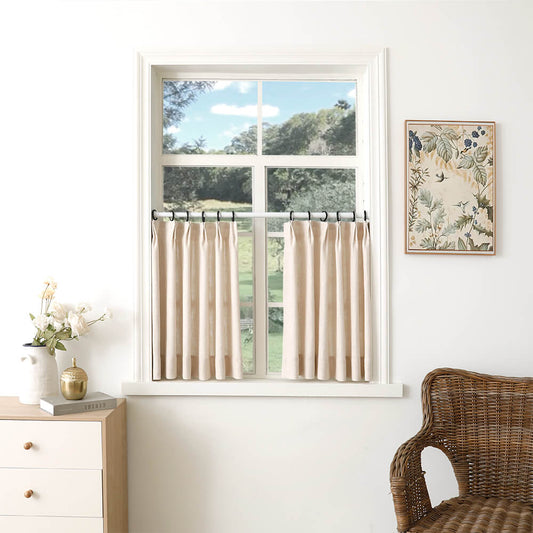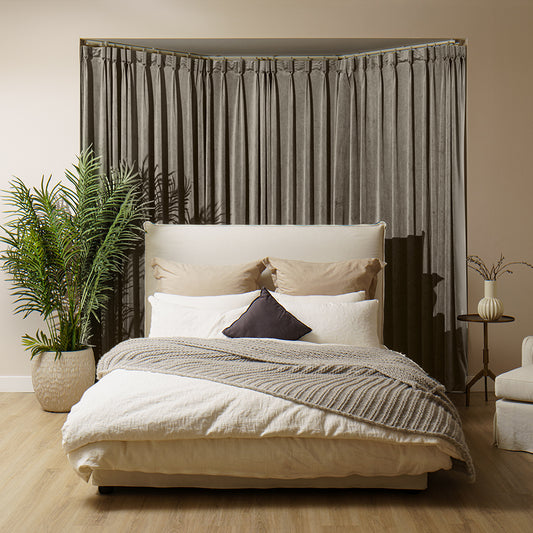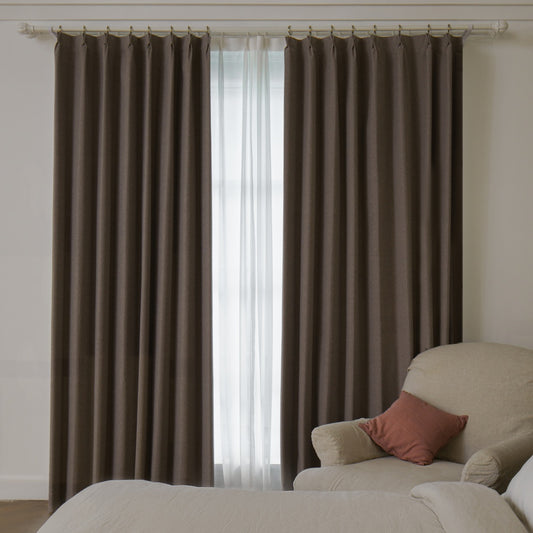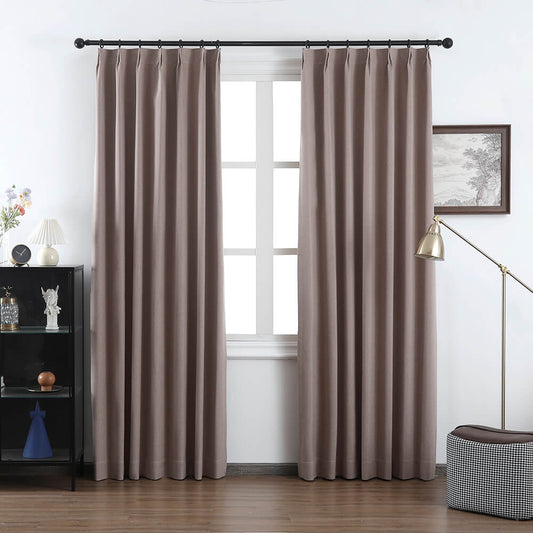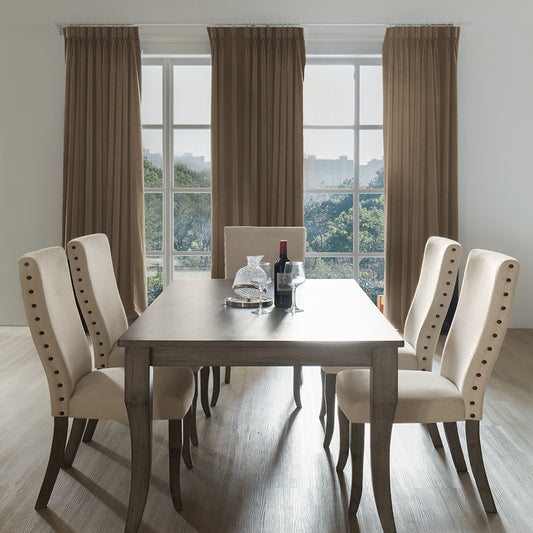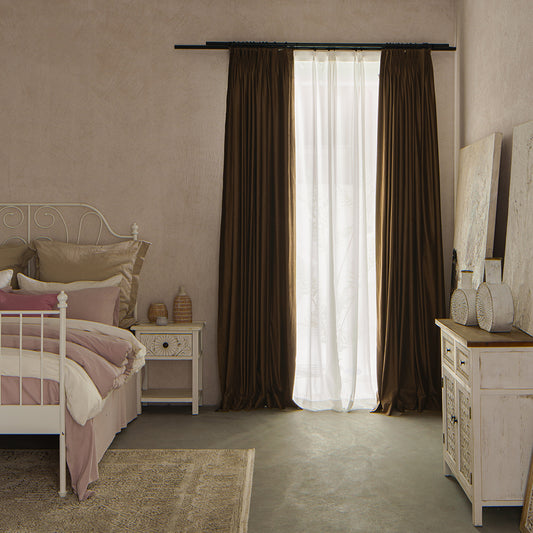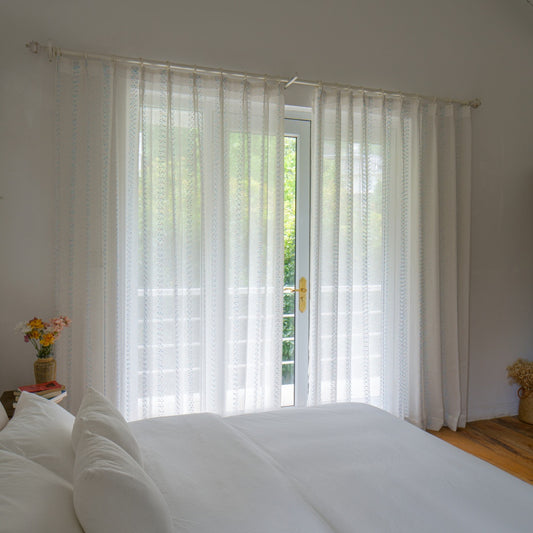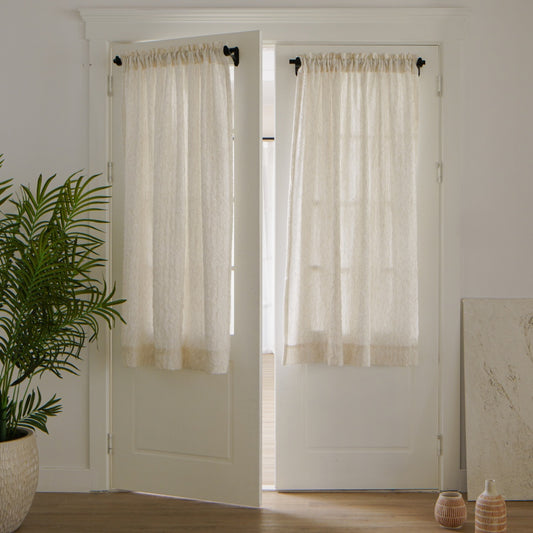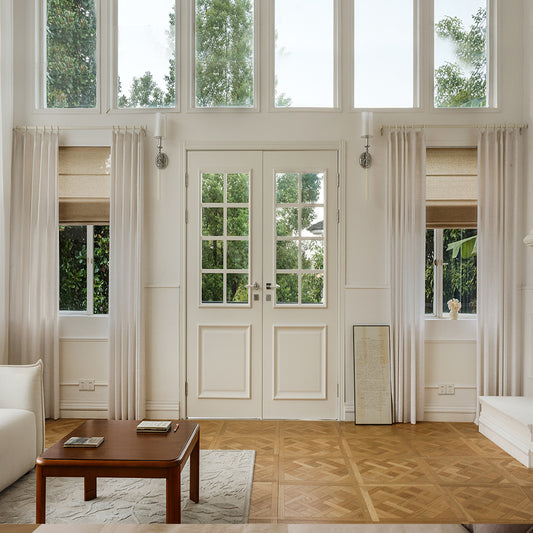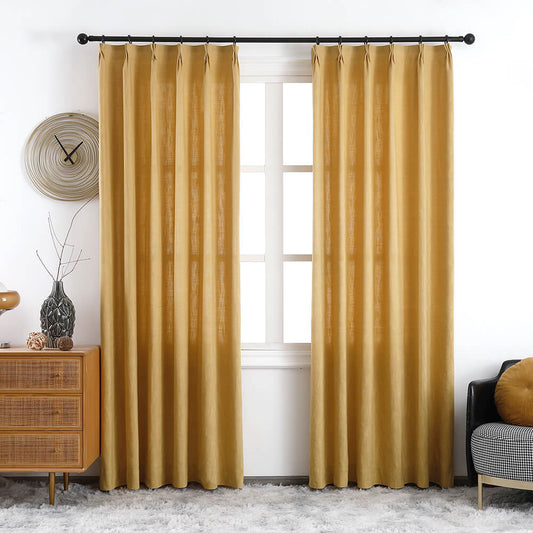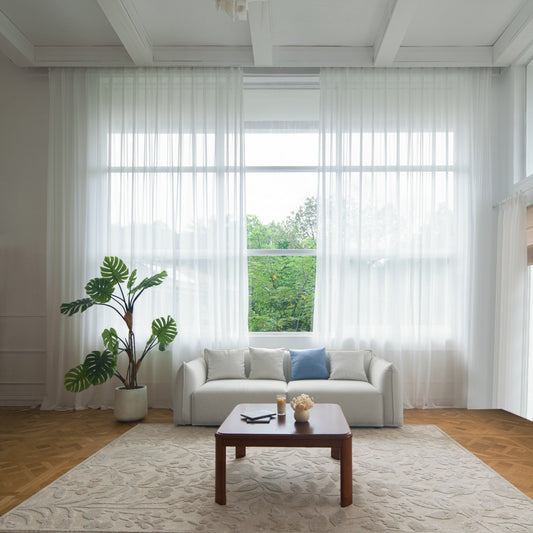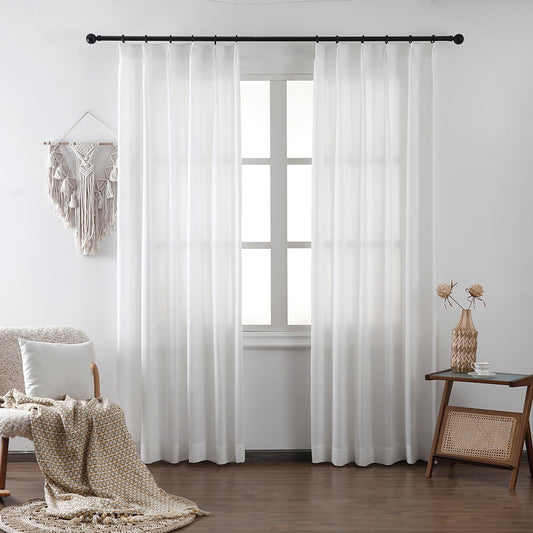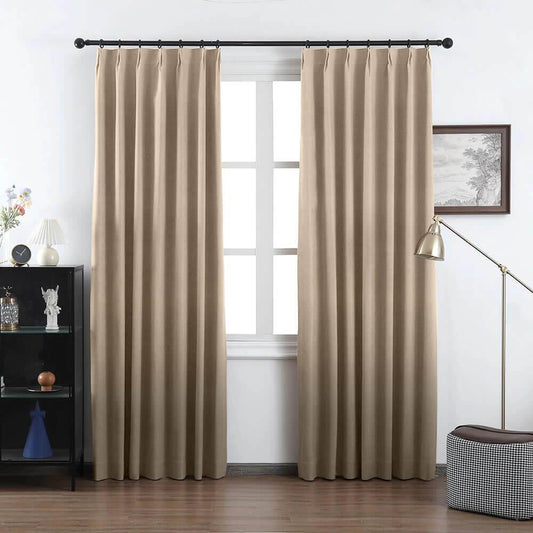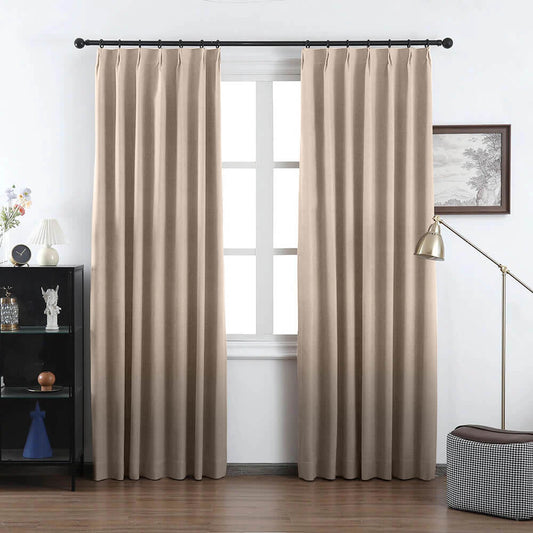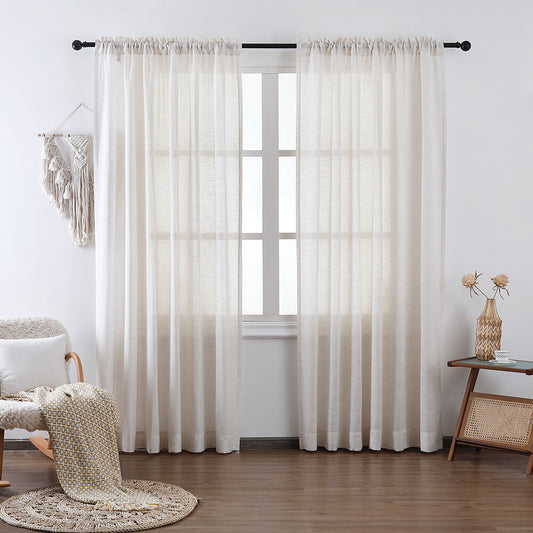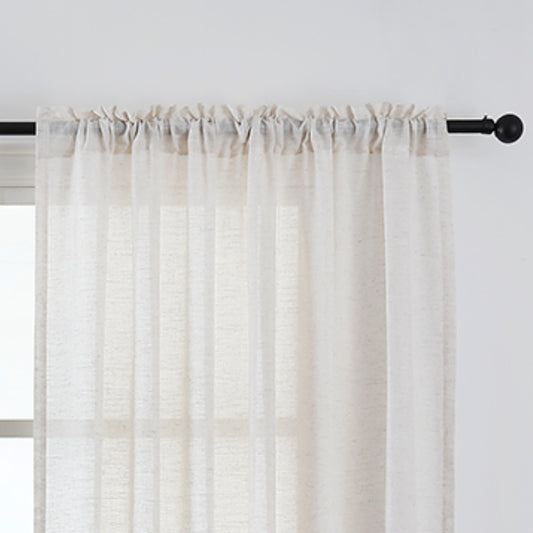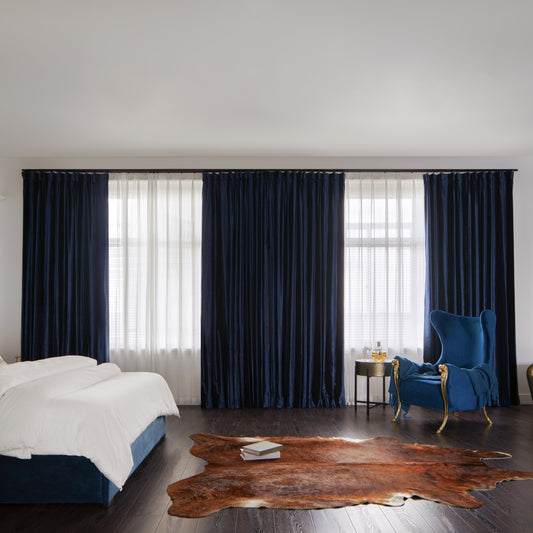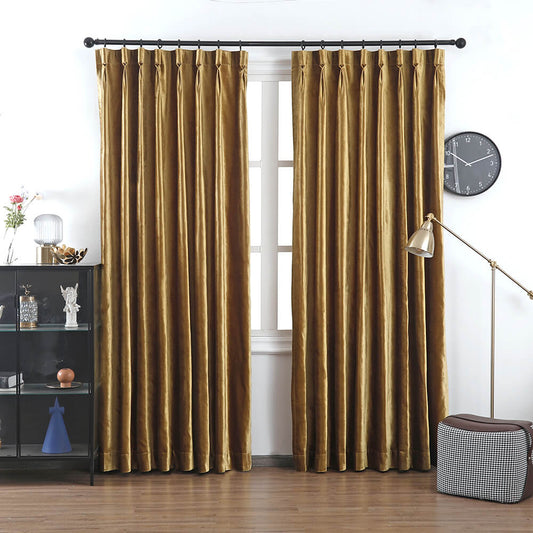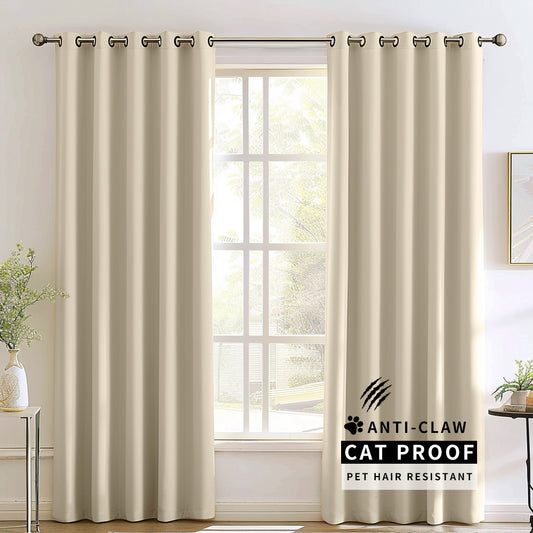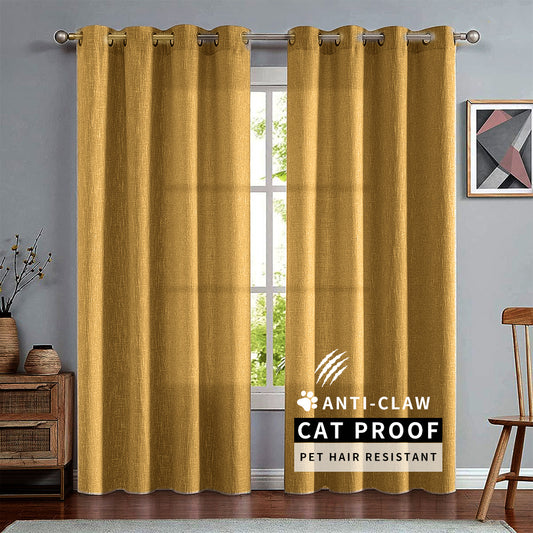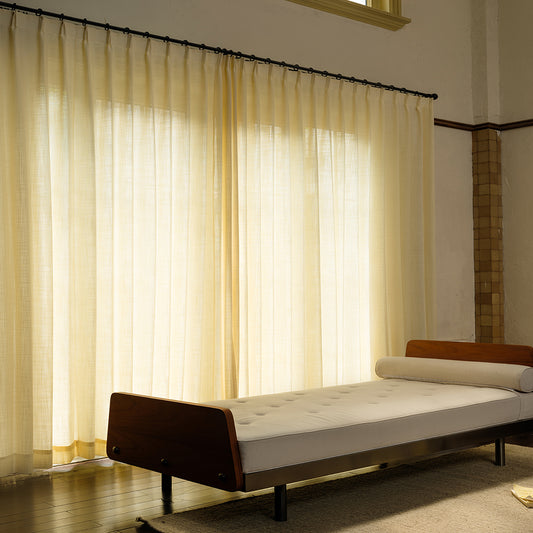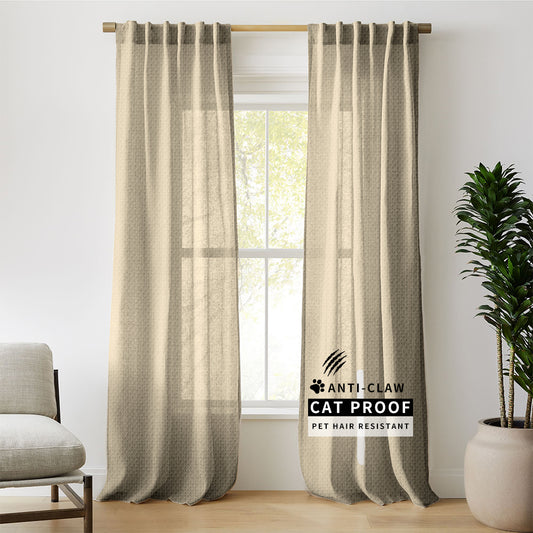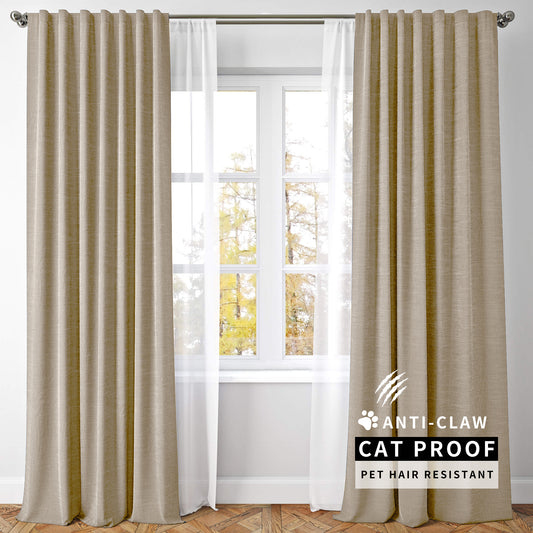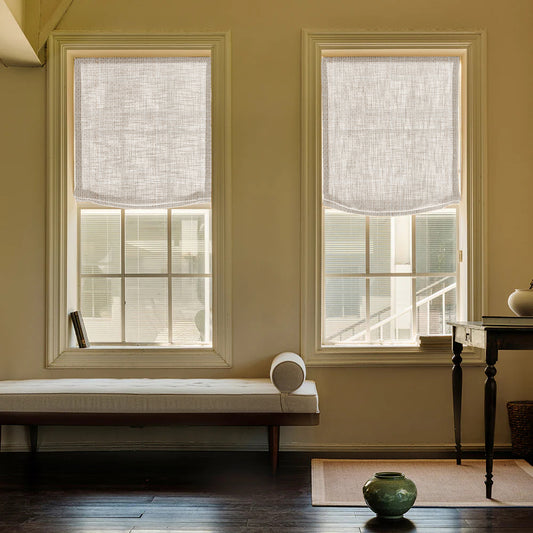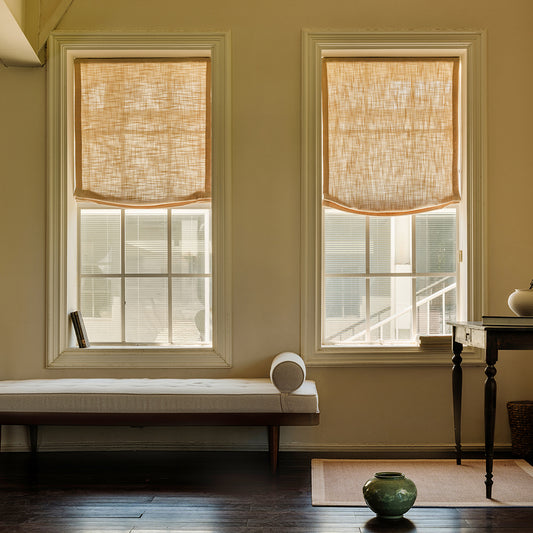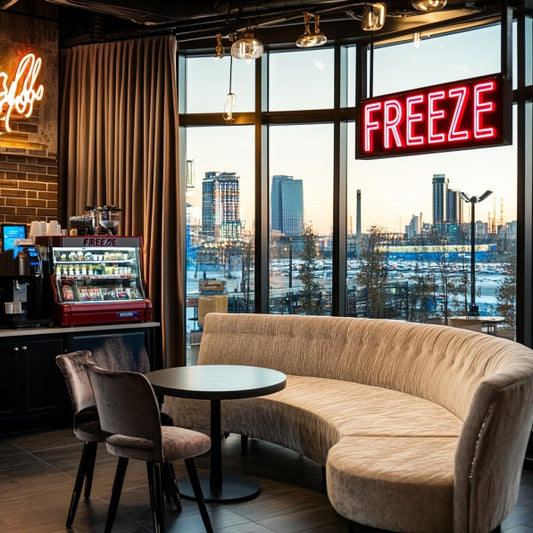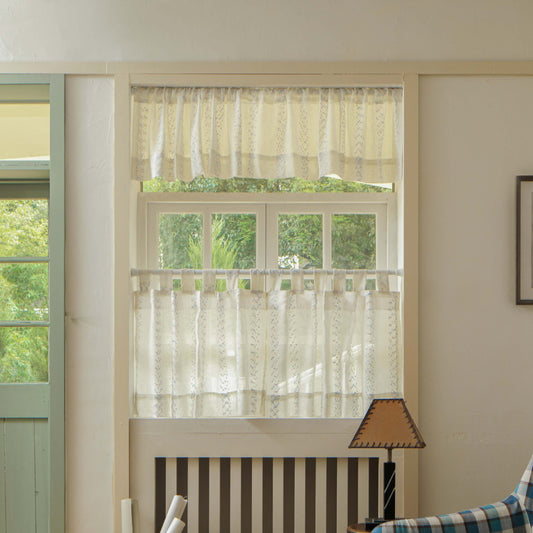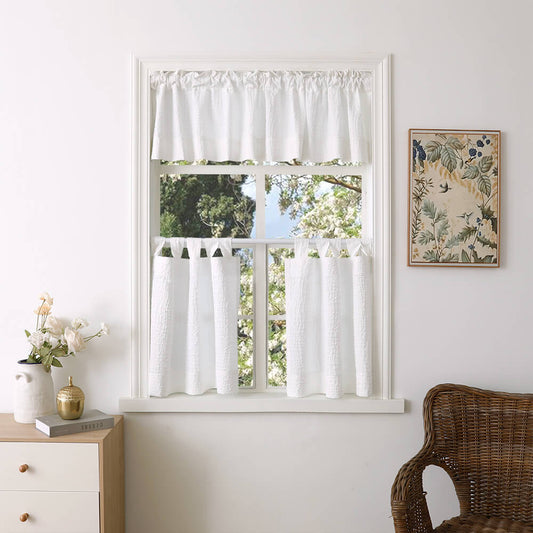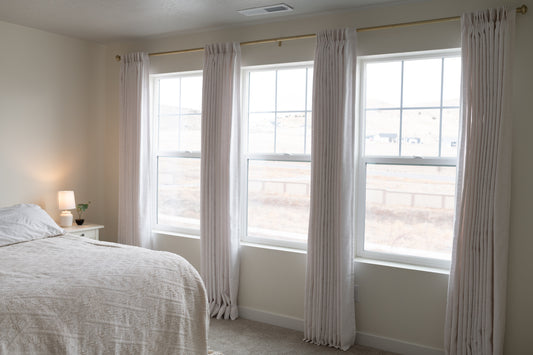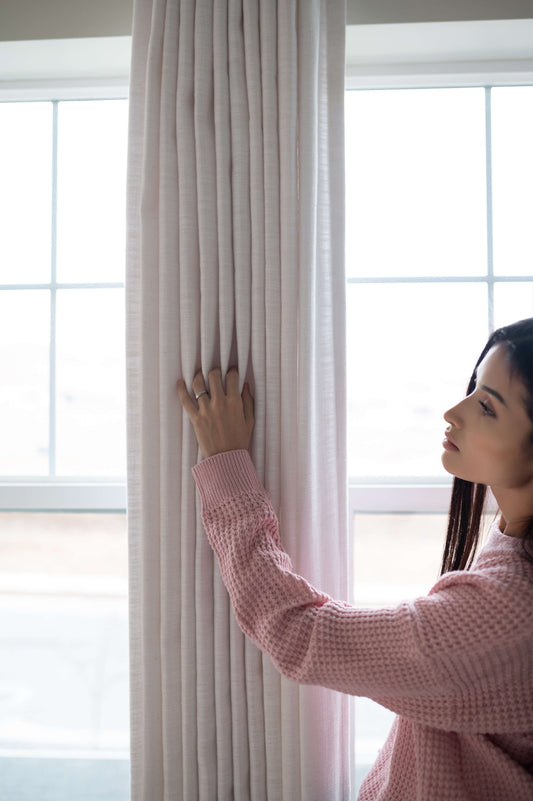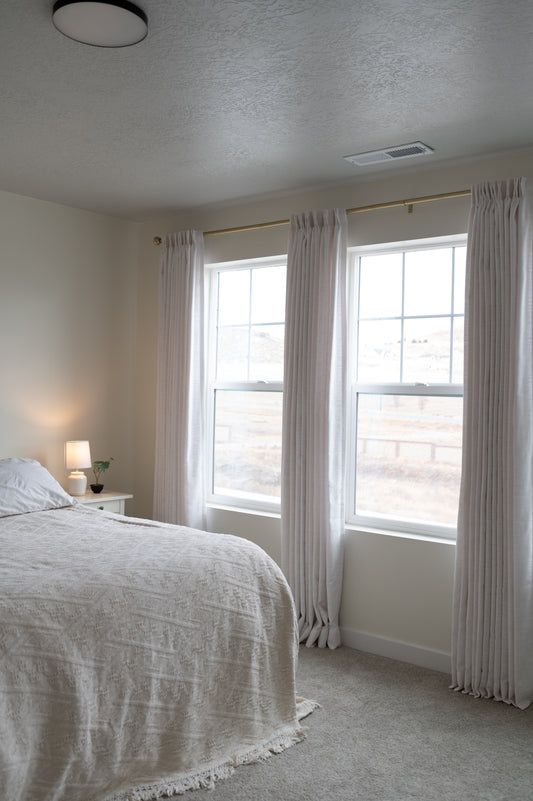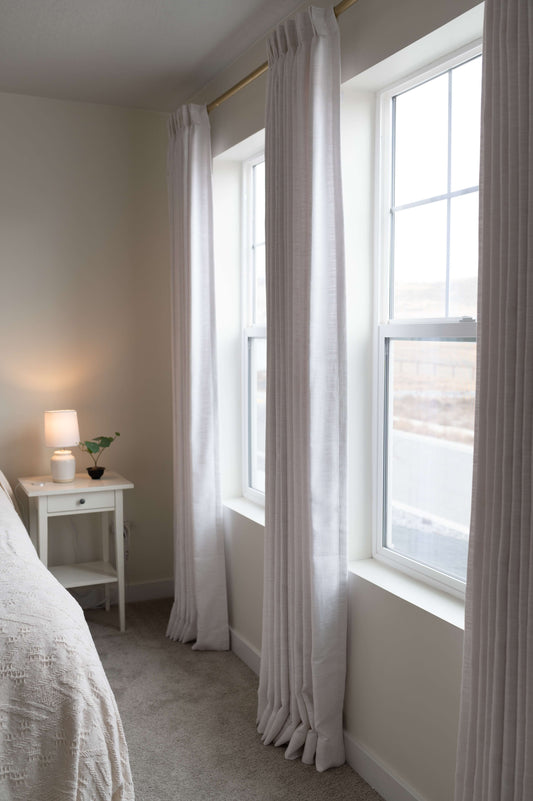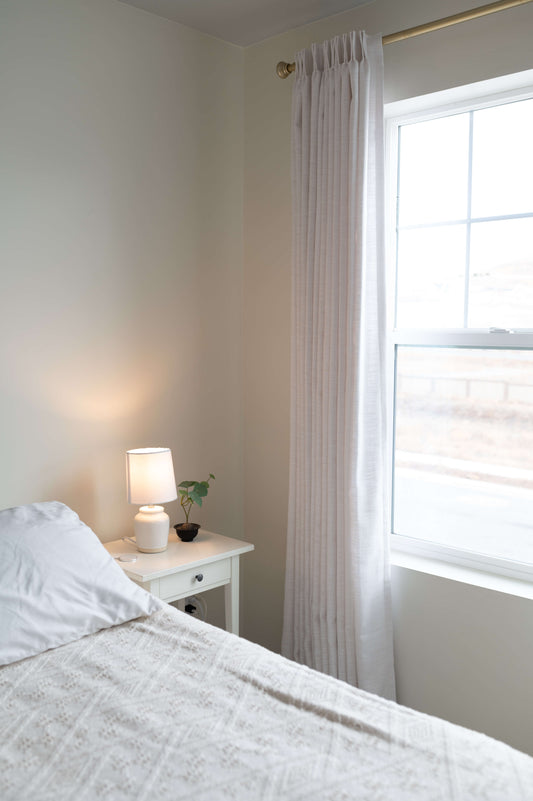Window Coverings Enhance Retail Customer Experience
In today’s competitive retail landscape, customer experience is paramount. Retail stores are not just places for transactions; they are experiential environments that should invite, inspire, and engage shoppers from the moment they step in. One often overlooked element in creating such an environment is the strategic use of window coverings. Thoughtfully chosen and installed window treatments can dramatically influence a store’s visual appeal, ambience, and even operational efficiency. For curtain dealers and distributors seeking to expand their market presence, understanding the impact of window coverings on customer experience is essential for tapping into new business opportunities.
This article explores the multifaceted role of window coverings in retail settings. It delves into how these elements control natural light, enhance product displays, manage temperature and noise, and ultimately contribute to a more inviting shopping experience. We will cover design strategies, practical benefits, and the latest trends that cater to modern retail demands. The content is tailored to inform dealers and distributors, offering insights that not only align with current market trends but also inspire new inquiries and business collaborations.

Throughout the article, you will find detailed analyses of key aspects including light management, aesthetic cohesion, energy efficiency, and visual merchandising—all integral to crafting a memorable retail experience. With the rising importance of creating immersive customer environments, the right window coverings can set a retail store apart from its competitors. Let’s delve into the nuances of how these design elements can transform a retail space and drive customer engagement, satisfaction, and ultimately, sales.
The Influence of Window Coverings on Store Ambiance
Enhancing Retail Atmosphere with Window Coverings
Window coverings are far more than simple functional installations. In retail stores, they serve as a vital tool in creating a cohesive atmosphere that resonates with the store’s identity and customer expectations. By strategically selecting materials, textures, and colors, store owners can craft a visual narrative that enhances the overall shopping experience. For instance, the interplay of natural light with well-chosen drapery can soften harsh shadows and create a warm, inviting glow. This effect not only makes the space more comfortable but also highlights merchandise in a flattering way.
Furthermore, window coverings contribute significantly to the store’s first impression. Shoppers are often drawn in by visually appealing storefronts, and an expertly dressed window can set the tone for what customers can expect once inside. In many cases, the window display acts as a silent salesperson, communicating the store’s style, quality, and attention to detail without uttering a word.
The Role of Light Control in Customer Engagement
One of the most critical aspects of window coverings in retail environments is their ability to control natural light. Excessive sunlight can lead to glare, fading of merchandise, and an overall discomfort for customers. On the other hand, inadequate lighting can make a store feel gloomy and unwelcoming. Here, window coverings offer a dual solution: they regulate light levels and protect inventory from potential damage.
Modern window treatments, such as layered curtains or adjustable blinds, empower retailers to tailor the lighting environment according to the time of day and the specific needs of different store zones. During peak daylight hours, adjustable coverings can diffuse sunlight, reducing glare on displays while maintaining a bright and energetic atmosphere. As the day transitions to evening, these coverings can help create a more intimate ambiance that encourages leisurely browsing. This dynamic control over light is instrumental in influencing customer behavior, increasing dwell time, and enhancing the overall shopping experience.

Creating Visual Merchandising Masterpieces with Window Coverings
Visual merchandising is the art and science of displaying products in a way that maximizes their appeal to customers. Window coverings play an integral role in this process by framing the merchandise and drawing attention to key products. The textures, colors, and patterns chosen for window treatments can complement the items on display, making them appear more attractive and desirable.
For instance, in a store that emphasizes elegance and sophistication, rich fabrics paired with subtle hues can enhance the visual appeal of high-end products. Conversely, in a modern, minimalist setting, sleek and simple window coverings can accentuate clean lines and create a spacious feel. The strategic use of window coverings can also guide customer movement, directing the flow of traffic towards promotional displays or new arrivals, thereby maximizing the impact of the visual merchandising strategy.
Energy Efficiency and Customer Comfort in Retail Environments
Beyond aesthetics, window coverings have practical benefits that contribute to both energy efficiency and customer comfort. Retail stores often face challenges related to fluctuating temperatures and energy costs. High-quality window coverings can act as insulative barriers that moderate indoor temperatures, reducing the need for constant heating or cooling. This not only lowers energy consumption but also creates a more stable and comfortable environment for shoppers.
In addition, effective thermal management ensures that customers remain comfortable regardless of external weather conditions. During hot summer days, reflective or light-filtering coverings can minimize heat buildup, while in winter, insulated drapes help retain warmth. This dual functionality not only protects inventory and enhances comfort but also signals to customers that the store is well-managed and attentive to detail—factors that can positively influence their overall experience.
Detailed Exploration of Window Coverings in Retail Stores
The Science of Light Diffusion and Customer Perception
Window coverings are essential for modulating the quality and intensity of natural light within retail spaces. By diffusing light effectively, these treatments can soften the environment, reduce harsh contrasts, and highlight merchandise in a flattering manner. Research in environmental psychology suggests that balanced lighting can significantly affect mood and purchasing behavior. When shoppers experience comfortable lighting conditions, they are more likely to stay longer, explore deeper, and ultimately make more purchases.
For example, diffused light can minimize shadows and reduce the visual noise that might distract customers from the products they are meant to see. Furthermore, by controlling the angle and intensity of light, retailers can create focal points that draw attention to particular displays or promotional areas. The outcome is a retail environment that not only looks aesthetically pleasing but also strategically enhances the customer journey from entry to checkout.

Customization and Flexibility: Key Features of Modern Window Coverings
In the evolving retail industry, one size rarely fits all. Modern window coverings offer high levels of customization, allowing retailers to adapt to various store designs and seasonal changes. Customizable features, such as adjustable opacity, retractability, and modular components, enable retailers to create tailored environments that align with current trends and customer preferences.
For curtain dealers and distributors, this means offering solutions that are versatile and easy to integrate into different retail concepts. Whether the goal is to achieve a bright, airy look during the daytime or a more subdued, elegant atmosphere in the evening, customizable window coverings can be configured to meet these diverse needs. By providing options that allow for rapid adjustments, dealers can position themselves as partners in the retail transformation, ensuring that each installation contributes to an enhanced customer experience.
The Aesthetic Impact of Texture and Color in Window Coverings
A store’s visual identity is often communicated through a careful selection of colors, textures, and patterns. Window coverings are no exception. The tactile quality of fabrics and the visual interplay of color can reinforce a store’s theme and create a cohesive interior design. For example, soft, flowing fabrics can evoke a sense of luxury and calm, while bolder, patterned treatments might inject energy and vibrancy into a space.
Color psychology also plays a significant role in retail environments. Warm colors tend to stimulate and excite, encouraging impulse buys, whereas cooler shades can create a relaxed atmosphere conducive to thoughtful browsing. By understanding these principles, retailers can leverage window coverings not only as functional elements but also as strategic design components that influence customer behavior. For dealers and distributors, offering a wide palette of options that align with these psychological insights can help meet the evolving demands of modern retail design.
The Intersection of Functionality and Fashion in Retail Window Treatments
Retail window coverings must balance functionality with aesthetic appeal. This intersection is where innovative design meets practical application. Functional aspects such as durability, ease of maintenance, and safety are crucial in high-traffic retail environments. At the same time, these coverings need to reflect current fashion trends and resonate with the store’s brand identity without overtly mentioning any specific brand names.
High-quality materials that are both robust and visually appealing ensure that the window coverings perform effectively while adding a touch of sophistication to the retail space. Features such as motorized operation or remote-controlled adjustments add convenience and a modern flair, appealing to tech-savvy retailers and their customers. For distributors, highlighting these dual benefits in product offerings can position window coverings as an indispensable element of contemporary retail design.
Integrating Window Coverings with Overall Store Design
The seamless integration of window coverings into a store’s overall design is essential for achieving a harmonious look and feel. When properly coordinated with other design elements—such as flooring, lighting, and fixtures—window coverings can elevate the entire aesthetic of the space. This holistic approach to design ensures that every component works in synergy to create a welcoming and engaging environment.
Retailers who adopt an integrated design philosophy are often more successful in creating memorable customer experiences. For instance, window coverings that match the store’s color scheme and texture can create a unified look that enhances the overall visual appeal. Additionally, coordinating window coverings with seasonal displays or promotional themes can further reinforce the store’s branding and messaging. For curtain dealers and distributors, understanding these integration strategies is key to offering products that not only function well on their own but also contribute to a cohesive retail design plan.
Overcoming Common Challenges with Innovative Window Covering Solutions
While window coverings offer numerous benefits, retailers often encounter challenges such as installation complexity, maintenance issues, and durability concerns. However, innovative solutions in the market today address these challenges head-on. For example, advancements in fabric technology have led to materials that are both stain-resistant and easy to clean, ensuring that window coverings remain attractive and functional over time.
Moreover, modern installation techniques have simplified the process, reducing downtime and ensuring a smooth transition during seasonal updates or store remodels. For dealers and distributors, staying abreast of these innovations can provide a competitive edge, enabling them to offer solutions that overcome common retail challenges while enhancing the overall customer experience.

Maximizing Sales Through Strategic Window Covering Implementation
Retail success is often measured by sales figures, and window coverings can play an indirect yet significant role in driving revenue. By creating an environment that is both visually appealing and comfortable, these treatments can extend customer dwell time, increase foot traffic, and ultimately boost conversion rates. Strategic placement and design of window coverings can lead to more effective product displays, which in turn attract attention and encourage purchases.
Consider a scenario where a retailer uses window coverings to frame a seasonal promotion. The coverings can highlight the featured products and create a distinct area that draws customers’ eyes, making the promotion more noticeable. In doing so, the store not only improves its aesthetic appeal but also leverages the psychological impact of well-designed visual merchandising. For distributors, articulating these sales-driven benefits can inspire inquiries from retailers eager to enhance their performance through effective design solutions.
Conclusion
Window coverings are a powerful yet often underestimated element in shaping the retail customer experience. From managing natural light to creating visually cohesive spaces, these treatments serve multiple roles that contribute to both aesthetics and functionality. They are instrumental in crafting an inviting atmosphere, enhancing visual merchandising, improving energy efficiency, and ultimately driving sales.
For dealers and distributors, understanding the diverse benefits of window coverings is crucial. By offering innovative, customizable, and high-quality solutions, you can position yourself as a key partner in the retail transformation process. The insights provided in this article demonstrate that when executed thoughtfully, window coverings can transform a retail store into a dynamic, engaging, and profitable environment.
As the retail landscape continues to evolve, the role of design elements such as window coverings will only become more significant. Embracing these trends and investing in quality installations will not only improve the customer experience but also offer substantial competitive advantages. Whether you are upgrading an existing retail space or designing a new store, consider the strategic impact of window coverings—a decision that could redefine customer engagement and drive sustainable growth.
Frequently Asked Questions (FAQs)
Q1: How do window coverings improve the overall shopping experience in retail stores?
A1: Window coverings enhance the shopping experience by controlling natural light, reducing glare, creating visual focus for displays, and establishing a comfortable ambiance that encourages longer visits and higher engagement.
Q2: What are the key factors to consider when selecting window coverings for a retail environment?
A2: Important factors include the quality of materials, light diffusion properties, ease of maintenance, customization options, energy efficiency, and the ability to integrate seamlessly with the store’s overall design.
Q3: Can window coverings help reduce energy costs in retail stores?
A3: Yes, high-quality window coverings can serve as insulative barriers, reducing heat gain in summer and heat loss in winter, which leads to lower energy consumption and improved customer comfort.
Q4: How can window coverings be used to enhance visual merchandising?
A4: By framing displays, directing customer attention, and complementing the store’s color scheme and aesthetic, window coverings create an environment where products are showcased more effectively, leading to increased sales.
Q5: Are there customizable window covering solutions available for different retail settings?
A5: Absolutely. Modern window covering systems offer various customization features, including adjustable opacity, modular designs, and motorized operations, making them adaptable to different store layouts and seasonal themes.
